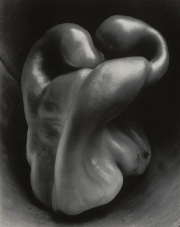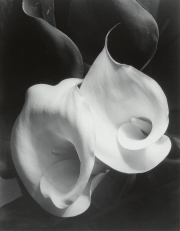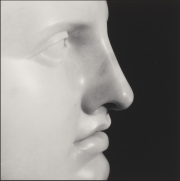Reading Task: Something and Nothing
Read Chapter 4, ‘ Something and Nothing’ in Cotton, C. (2014) The Photograph as Contemporary Art (3rd edition) London: Thames & Hudson. You will find this on the student website.
To what extent do you think the strategy of using objects or environments as metaphor is a useful tool in photography? When might it fall down? Write some reflective notes on these points in your learning log.
The use of objects and,or, environments as metaphors in photography can be a powerful and creative tool for communicating ideas and narratives. It adds layers of depth and symbolism to images, engaging viewers on multiple levels. Key elements include:
Storytelling: Using objects as metaphors can tell stories or convey messages in a thought-provoking manner. For example, the use of billboards, usually the domain of advertising and directed meanings, by Felix Gonzalez-Torres for his image of an empty bed with the imprint of the missing couple is a good example of a thought-provoking image displaying a mundane and private object but within an incongruous context (street and billboards) and a wider context of the AIDS epidemic and attempts to raise awareness, the image also triggered social and political connotations, thus increasing an intricate narrative within a single frame.
EmotionAs seen in the example above, an image can evoke strong emotions and resonate deeply (positive or negative) with viewers.
Universal Appeal: Metaphorical images often tap into universal human experiences or themes, making them relatable to a broad audience. This universality can help bridge cultural and linguistic barriers.
Engagement and Interpretation: Metaphorical photography encourages viewers to engage with the image and interpret its meaning. Sometimes its displacement and context lead to deeper contemplation and a more memorable experience. Example practitioners include Richard Wentworth and Nigel Shafran (among many).
Artistic possibilities: Using objects and environments allows photographers to express their creativity and conceptual thinking, adding layers of meaning and challenging viewers to think beyond the surface and consider the symbolism.
When Metaphorical Photography might fall down:
Overuse or Cliché: If metaphors are used too frequently or rely on well-worn clichés, they become photographic tropes and their impact can be diminished. Social media plays a role in bringing images to a huge audience and encourages people to copy or reuse objects and their associated symbolism.
Ambiguity: While metaphors can add richness and layers of meaning, they can also lead to ambiguity. If the metaphor isn’t immediately understandable or too abstract, viewers might struggle to grasp the intended message.
Subjectivity & cultural context: Viewers bring their own worldview to the reading of an image- this is what makes them so malleable. The interpretation of metaphors is subjective and culturally dependent on how its interpreted. This can lead to unintended readings of the image or even alienation among viewers from diverse backgrounds.
In summary, using objects or environments as metaphors in photography is a creative strategy that can elevate images to a higher level of meaning and impact. However, photographers need to carefully consider the clarity, cultural context, and depth of their metaphors.
It does seem that photgraphic commentators, academics, and writers can elicit meaning from almost any image and make a case for it by dressing it in intellectual show-boating or over-analysis (or so it appears). For example, David Company’s musings on Man-Rays photograph of dust on a piece of glass an unfinished work by Marcel Duchamps-titled “Dust Breeding’ is definitely something for him, while its nothing for me.








